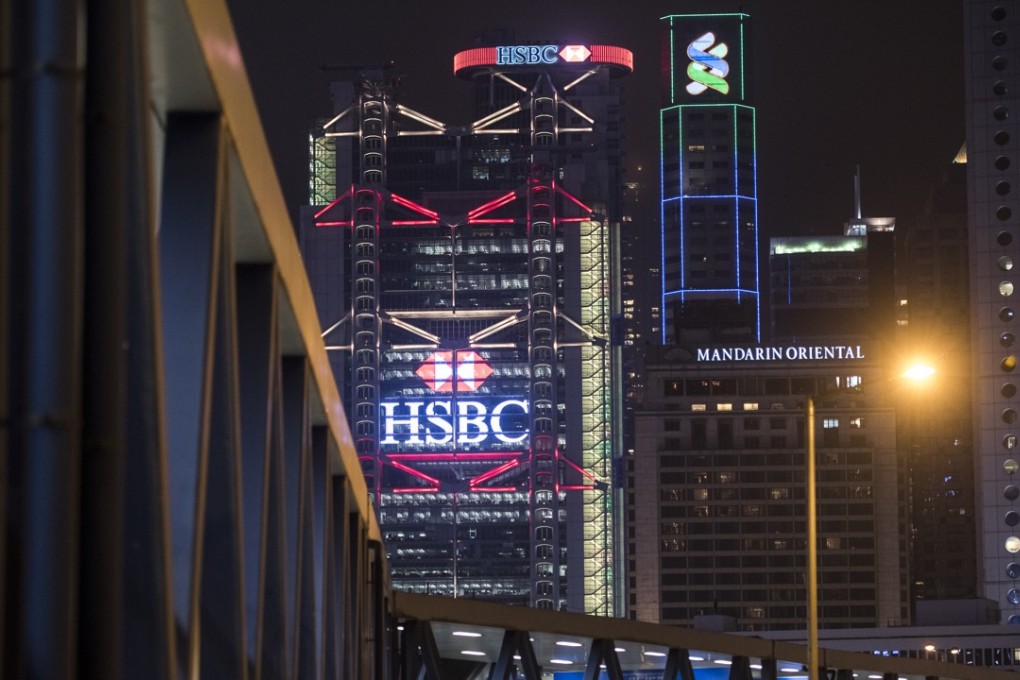Foreign banks divided on best approach to financing China’s US$5 trillion new Silk Road project

Foreign banks are divided on whether to help finance China’s new Silk Road initiative, with some seeing an opportunity in providing direct financing for the government-backed project while others opt for reduced exposure, citing concerns over poor returns from large infrastructure investments and other risks.
Participation by foreign banks is seen as crucial to the trade initiative’s success as even President Xi Jinping’s pledge of US$780 billion in additional funds is not enough to cover the full cost of the infrastructure plan.
“The amount of funds required for the initiative, as much as US$5 trillion over the next five years, means that foreign banks will need to be involved for it to succeed,” said Alicia Garcia-Herrero, chief economist for Asia-Pacific at Natixis.
“The Chinese policy banks and commercial banks combined will not be able to fund that by themselves, and at the top level the authorities have realised that.”
Moody’s Investors Service’s decision last week to downgrade the ratings on China’s policy banks has aggravated the funding problem.
Not all foreign banks, however, are choosing to get involved, and a divide is emerging between those that are more cautious and those that are already involved in the scheme.